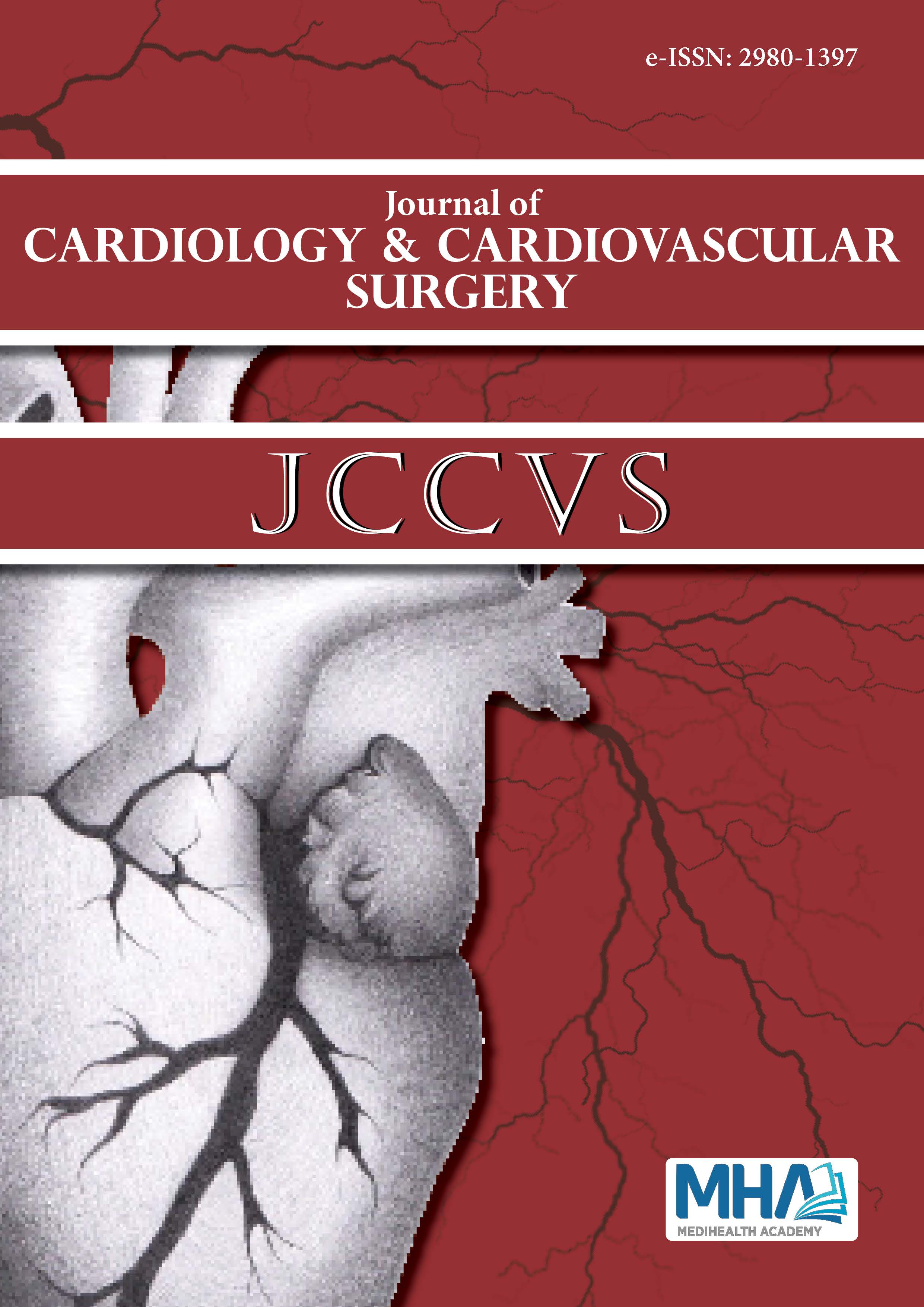1. Barquera S, Pedroza-Tobías A, Medina C, et al. Global Overview of theEpidemiology of Atherosclerotic Cardiovascular Disease. Arch MedRes. 2015;46(5):328-338. doi:10.1016/j. arcmed.2015.06.006
2. Williams B, Mancia G, Spiering W, et al. 2018 ESC/ESH Guidelines forthe management of arterial hypertension. Eur Heart J. 2018;39(33):3021-3104. doi:10.1093/eurheartj/ehy339
3. Grundy SM, Stone NJ, Bailey AL, et al. 2018 AHA/ACC/AACVPR/AAPA/ABC/ ACPM/ADA/AGS/APhA/ASPC/NLA/PCNA Guidelineon the Management of Blood Cholesterol: Executive Summary: AReport of the American College of Cardiology/American HeartAssociation Task Force on Clinical Practice Guidelines. J Am CollCardiol. 2019;73(24):3168-3209. doi:10.1016/j.jacc.2018.11.002
4. Alberti KG, Eckel RH, Grundy SM, et al. Harmonizing the metabolicsyndrome: a joint interim statement of the International DiabetesFederation Task Force on Epidemiology and Prevention; NationalHeart, Lung, and Blood Institute; American Heart Association;World Heart Federation; International Atherosclerosis Society;and International Association for the Study of Obesity. Circulation.2009;120(16):1640-1645. doi:10.1161/CIRCULATIONAHA.109.192644
5. Celano CM, Daunis DJ, Lokko HN, Campbell KA, Huffman JC.Anxiety disorders and cardiovascular disease. Curr Psychiatry Rep.2016;18(11):101. doi:10.1007/s11920-016-0739-5
6. Kessler RC, Chiu WT, Demler O, et al. Prevalence, severity, andcomorbidity of 12-month DSM-IV disorders in the NationalComorbidity Survey Replication. Arch Gen Psychiatry. 2015; 140(3):816-845.
7. Kessler RC, Berglund P, Demler O, Jin R, Merikangas KR, WaltersEE. Lifetime prevalence and age-of-onset distributions of DSM-IVdisorders in the National Comorbidity Survey Replication. Archives ofGeneral Psychiatry. 2005;62(6):593-602.
8. Goossens L, Braet C, Van Vlierberghe L, Mels S. Loss of control overeating in overweight youngsters: the role of anxiety, depression andemotional eating. Eur Eat Disord Rev. 2009; 17(1):68-78. doi:10.1002/erv.892
9. Klatzkin RR, Gaffney S, Cyrus K, Bigus E, Brownley KA. Stress-induced eating in women with binge-eating disorder and obesity. BiolPsychol. 2018;131:96-106. doi:10.1016/j.biopsycho.2016. 11.002
10. Black DW, Goldstein RB, Mason EE. Prevalence of mental disorderin 88 morbidly obese bariatric clinic patients. Am J Psychiatry.1992;149(2):227-234. doi:10.1176/ajp.149.2.227
11. Davies SJ, Ghahramani P, Jackson PR, Hippisley-Cox J, Yeo WW,Ramsay LE. Panic disorder, anxiety and depression in resistanthypertension--a case-control study. J Hypertens. 1997;15(10): 1077-1082. doi:10.1097/00004872-199715100-00005
12. Kaplan NM. Anxiety-induced hyperventilation. A common causeof symptoms in patients with hypertension. Arch Intern Med.1997;157(9):945-948. doi:10.1001/archinte.157.9.945
13. Katon W. Panic disorder and somatization. Review of 55 cases. Am JMed. 1984;77(1):101-106. doi:10.1016/0002-9343(84)90443-1
14. Davies SJ, Ghahramani P, Jackson PR, et al. Association ofpanic disorder and panic attacks with hypertension. Am J Med.1999;107(4):310-316. doi:10.1016/s0002-9343(99)00237-5
15. Bajwa WK, Asnis GM, Sanderson WC, Irfan A, van Praag HM. Highcholesterol levels in patients with panic disorder. Am J Psychiatry.1992;149(3):376-378. doi:10.1176/ajp.149.3.376
16. Ware WR. High cholesterol and coronary heart disease in youngermen: the potential role of stress induced exaggerated blood pressureresponse. Med Hypotheses. 2008;70(3):543-547. doi:10. 1016/j.mehy.2007.06.031
17. Dreyfuss F, Czaczkes JW. Blood cholesterol and uric acidof healthy medical students under the stress of an examination.AMA Arch Intern Med. 1959;103(5):708-711. doi:10.1001/archinte.1959.00270050030006
18. Stoney CM, Niaura R, Bausserman L, Matacin M. Lipid reactivityto stress: I. Comparison of chronic and acute stress responses inmiddle-aged airline pilots. Health Psychol. 1999;18(3):241-250.doi:10.1037//0278-6133.18.3.241
19. Kuczmierczyk AR, Barbee JG, Bologna NA, Townsend MH. Serumcholesterol levels in patients with generalized anxiety disorder (GAD)and with GAD and comorbid major depression. Can J Psychiatry.1996;41(7):465-468. doi:10.1177/070674379604100712
20. Kessler RC, Keller MB, Wittchen HU. The epidemiology of generalizedanxiety disorder. Psychiatr Clin North Am. 2001;24(1):19-39.doi:10.1016/s0193-953x(05)70204-5
21. Siafis S, Tzachanis D, Samara M, Papazisis G. Antipsychoticdrugs: from receptor-binding profiles to metabolic side effects.Curr Neuropharmacol. 2018;16(8):1210-1223. doi:10.2174/1570159X15666170630163616
22. Beyazyüz M, Albayrak Y, Eğilmez OB, Albayrak N, Beyazyüz E.Relationship between SSRIs and metabolic syndrome abnormalitiesin patients with generalized anxiety disorder: a prospective study.Psychiatry Investig. 2013;10(2):148-154. doi:10.4306/pi.2013.10.2.148
23. Girgis RR, Javitch JA, Lieberman JA. Antipsychotic drug mechanisms:links between therapeutic effects, metabolic side effects and the insulinsignaling pathway. Mol Psychiatry. 2008;13(10):918-929. doi:10.1038/mp.2008.40
24. Girault EM, Alkemade A, Foppen E, Ackermans MT, Fliers E, KalsbeekA. Acute peripheral but not central administration of olanzapineinduces hyperglycemia associated with hepatic and extra-hepaticinsulin resistance. PLoS One. 2012;7(8):e43244. doi:10.1371/journal.pone.0043244
25. Albaugh VL, Vary TC, Ilkayeva O, et al. Atypical antipsychoticsrapidly and inappropriately switch peripheral fuel utilization tolipids, impairing metabolic flexibility in rodents. Schizophr Bull.2012;38(1):153-166. doi:10.1093/schbul/sbq053
26. Raeder MB, Bjelland I, Emil Vollset S, Steen VM. Obesity, dyslipidemia,and diabetes with selective serotonin reuptake inhibitors: theHordaland Health Study. J Clin Psychiatry. 2006; 67(12):1974-1982.doi:10.4088/jcp.v67n1219

